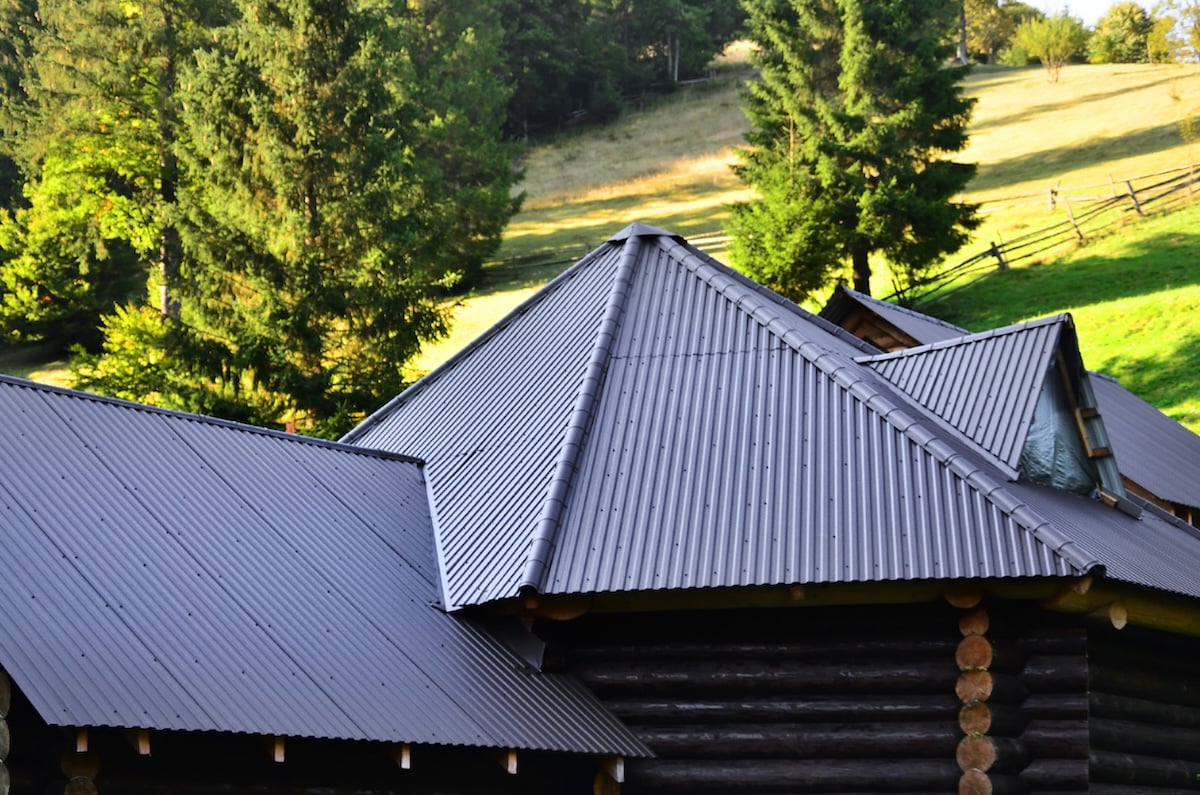
Hip vs Gable Roof: 7 Key Differences To Know
When comparing a hip vs gable roof, there are several important differences to understand before choosing the best roof for your Texas home. Each design has its strengths, costs, and curb appeal features, and the right choice depends on your priorities, whether it’s durability, weather performance, or architectural look.
In this guide, we’ll cover:
- Design and slope differences: Understand how each roof is structured.
- Pros and cons: Learn which roof performs better in Texas weather.
- Cost comparisons: See which roof style fits your budget.
If you’re building a new home or replacing your current roof, knowing these distinctions can help you make a confident decision.
🤔 What Is a Hip Roof?
A hip roof slopes down on all four sides, forming a ridge at the top and a uniform look around the home. Each slope is typically equal in length and pitch, creating a stable, aerodynamic design.
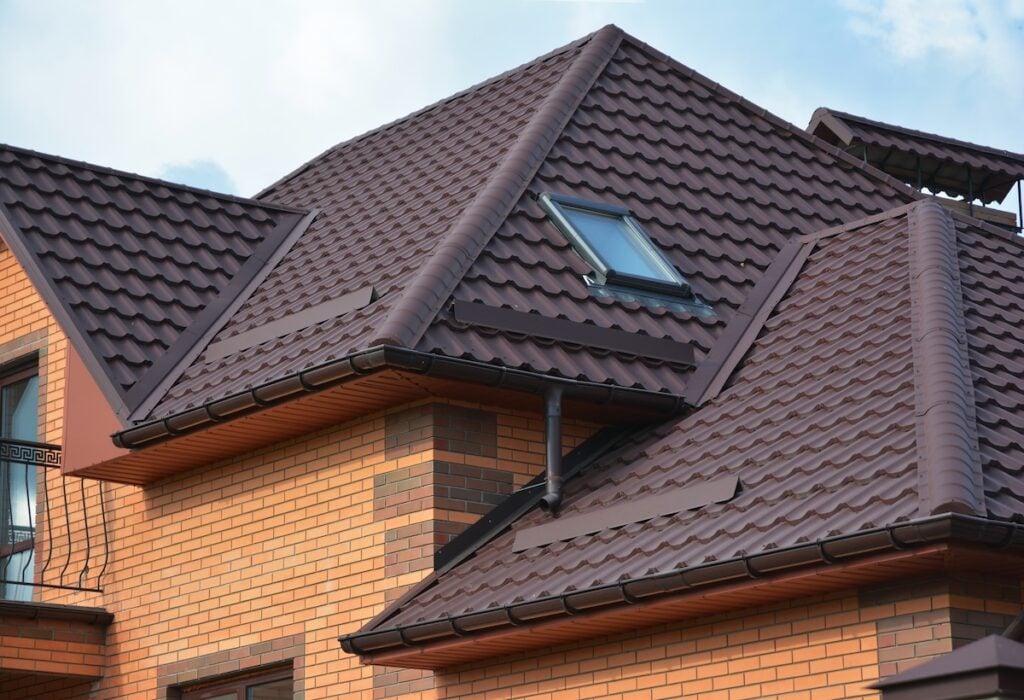
Key Features
- All sides slope downward: No vertical ends or flat faces.
- Pyramid or ridge shape: Depending on the footprint of the home.
- Extra framing required: More complex construction than a gable roof.
Hip roofs are especially popular in areas prone to high winds or hurricanes—like many parts of Texas—because of their stability and reduced wind resistance.
👉 What Is a Gable Roof?
A gable roof has two sloping sides that meet at a central ridge, forming a triangular shape on the ends of the home (called gables). This is one of the most common roof styles across the country.
Key Features
- Two sides slope downward: Creates a sharp peak.
- Vertical gable walls: Found at the ends of the roof.
- Simpler framing: Easier and often cheaper to build than hip roofs.
Gable roofs are known for their classic appearance, excellent attic ventilation, and ease of construction, making them a favorite for many Texas homeowners.
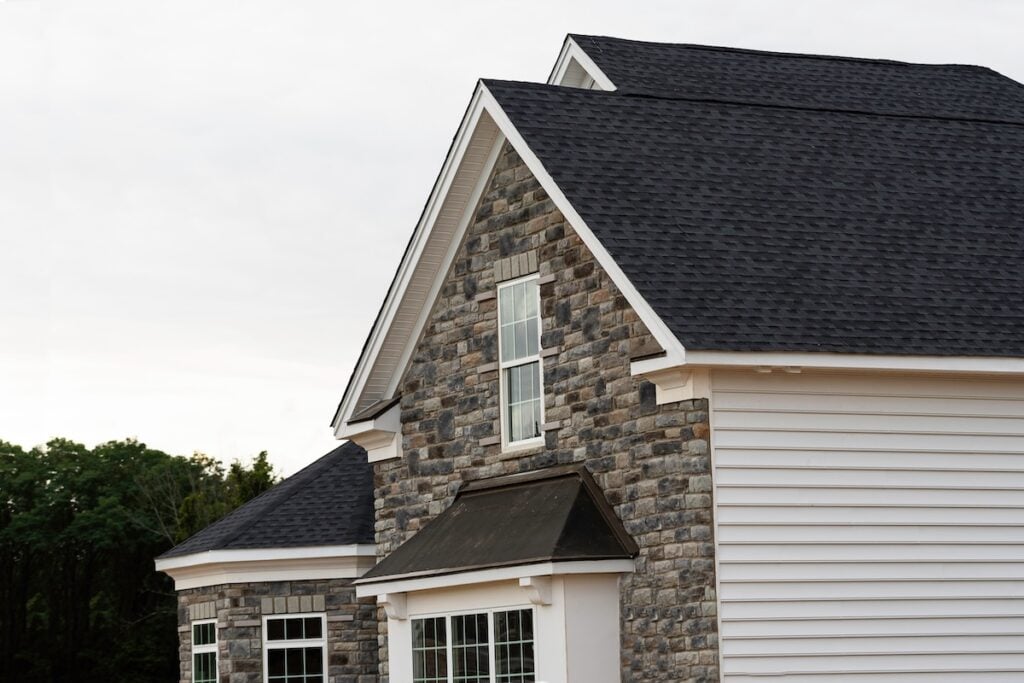
📋 7 Key Differences Between Hip and Gable Roofs
Understanding the difference between these two roof types can help you make a decision that balances function, style, and cost.
1. Roof Structure and Shape
- Gable Roof: Features two sloping sides with open gable ends. This creates an A-frame appearance and allows for vaulted ceilings or attic space.
- Hip Roof: All sides slope down to the walls, with no vertical ends. It forms a more compact, pyramid-like shape.
2. Wind and Storm Resistance
- Gable Roof: More vulnerable to high winds. Wind can exert pressure on the gable ends, which may fail in severe storms if not properly braced.
- Hip Roof: Superior performance in high winds and hurricanes. The sloping sides deflect wind, making it more aerodynamic and stable.
3. Water Drainage and Snow Shedding
- Gable Roof: Efficient at shedding water and snow due to its steep slopes. However, areas under the gable ends may collect runoff if gutters are not properly placed.
- Hip Roof: Provides balanced drainage on all sides. While slightly slower at shedding snow than steep gables, it performs well in rainy conditions common to Texas.
4. Attic Space and Ventilation
- Gable Roof: Offers more attic space and easier access for ventilation systems, storage, or insulation upgrades.
- Hip Roof: Has a smaller attic footprint, which can limit ventilation or storage options unless specifically designed with dormers.
5. Installation and Construction Costs
- Gable Roof: Typically more affordable due to simpler design, fewer rafters, and faster installation time.
- Hip Roof: More expensive to build because of its complex framing, additional trusses, and labor requirements.
6. Architectural Style and Curb Appeal
- Gable Roof: Works well with many home styles, especially Colonial, Farmhouse, and Craftsman designs. Adds visual height and character.
- Hip Roof: Looks more compact and symmetrical, often used in Ranch, French Provincial, or Mediterranean homes. Offers a clean, low-profile look.
7. Maintenance and Repairs
- Gable Roof: Easier to maintain and inspect due to its simple lines and open gables. Common repairs include ridge caps and flashing.
- Hip Roof: Requires more time and expertise to repair, especially at hips and valleys where slopes meet. However, fewer exposed edges means fewer potential leak points.
✅ Pros and Cons of Hip and Gable Roofs
Before choosing your roof style, weigh the benefits and drawbacks of each.
Pros of Gable Roofs
- Simple construction: Easier to build and maintain.
- Better attic access: Great for ventilation and storage.
- Lower cost: Ideal for budget-conscious homeowners.
Cons of Gable Roofs
- Less wind resistance: May require additional bracing.
- Vulnerable gable ends: Can fail in hurricanes or tornadoes.
- More runoff on fewer sides: Needs good gutter planning.
Pros of Hip Roofs
- Excellent wind resistance: Great for storm-prone areas.
- Balanced look: Uniform slopes offer attractive curb appeal.
- Fewer exposed surfaces: Less chance for leaks and wind damage.
Cons of Hip Roofs
- More expensive: Higher labor and materials cost.
- Less attic space: Tighter structure inside.
- Complex framing: May take longer to install or repair.
| Roof Type | Pros | Cons |
| Gable Roof | Simple construction: Easier to build and maintain. | Less wind resistance: May require additional bracing. |
| Better attic access: Great for ventilation and storage. | Vulnerable gable ends: Can fail in hurricanes or tornadoes. | |
| Lower cost: Ideal for budget-conscious homeowners. | More runoff on fewer sides: Needs good gutter planning. | |
| Hip Roof | Excellent wind resistance: Great for storm-prone areas. | More expensive: Higher labor and materials cost. |
| Balanced look: Uniform slopes offer attractive curb appeal. | Less attic space: Tighter structure inside. | |
| Fewer exposed surfaces: Less chance for leaks and wind damage. | Complex framing: May take longer to install or repair. |
💵 Cost Comparison: Hip vs Gable Roof in Texas
In 2025, roofing costs in Texas continue to rise with inflation and material demand. Your choice between hip vs gable roof will have a noticeable impact on your budget.
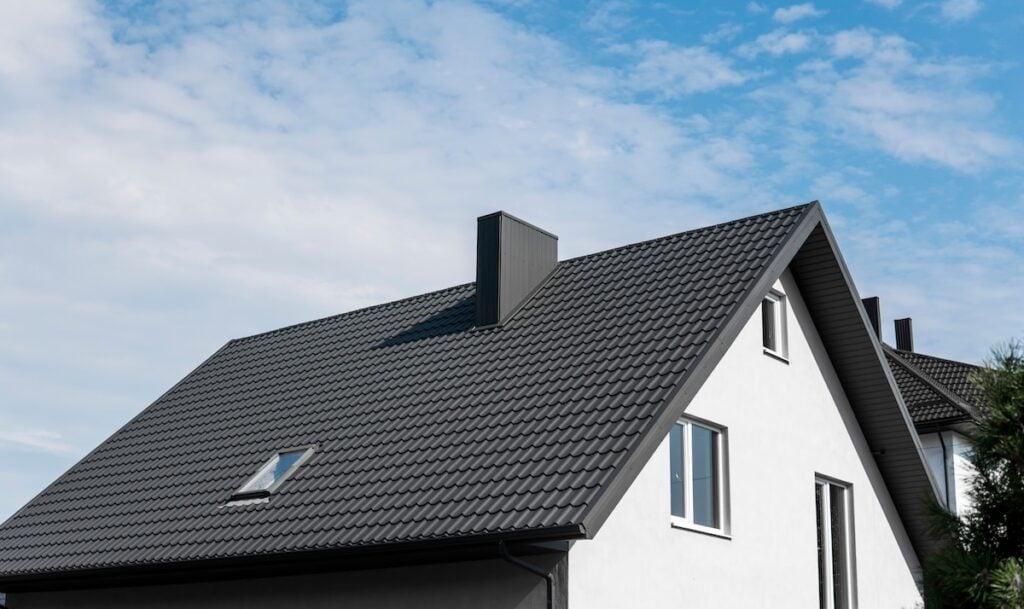
Gable Roof Cost (Texas Average)
- Installation: $8,000–$15,000 depending on material and size.
- Per square foot: $4.00–$7.00 for asphalt shingles.
- Labor: Faster installation means lower labor costs.
Hip Roof Cost (Texas Average)
- Installation: $12,000–$25,000+ depending on roof complexity and materials.
- Per square foot: $6.00–$10.00 for asphalt shingles.
- Labor: More framing and structural support adds to total cost.
If you’re planning a roof replacement, be sure to ask your contractor for estimates on both styles if you’re considering a switch. They can advise you on cost differences based on your home’s layout.
🏠 Which Roof Style Is Better for Texas Homes?
Texas has a wide range of climates—from humid Gulf Coast regions to drier central areas. Your location can impact which roof style is the smarter investment.
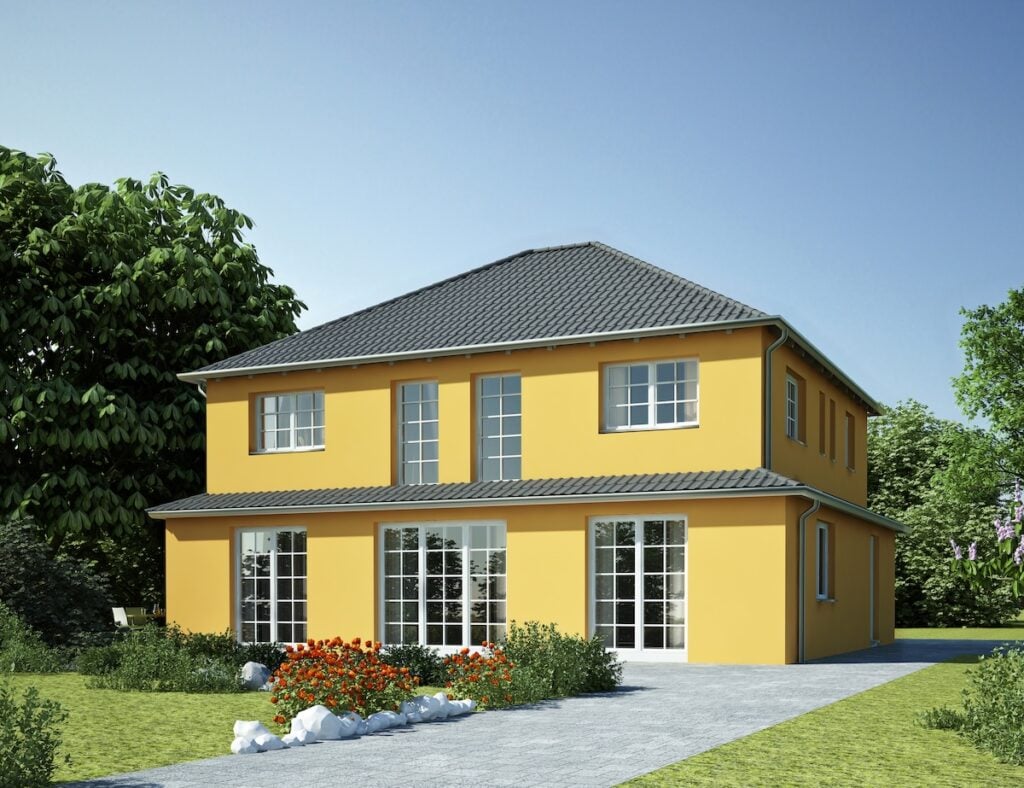
Best for Wind and Storm Protection
- Winner: Hip roof
If you live in hurricane-prone areas like Houston or Galveston, a hip roof offers better wind resistance and overall stability.
Best for Budget-Conscious Homeowners
- Winner: Gable roof
Homeowners looking for a simpler, more affordable roof style will benefit from the straightforward design and lower labor costs of a gable roof.
Best for Modern Style and Resale
- Winner: Depends on home design
Gable roofs offer classic appeal, while hip roofs give your home a sleek, symmetrical look. Choose based on your architectural goals and what fits your neighborhood best.
🤝 Get Expert Help Choosing Between a Hip or Gable Roof
Choosing between a hip vs gable roof comes down to priorities. If you need storm protection and visual symmetry, a hip roof is your best bet. If you’re focused on cost savings and attic space, a gable roof may be the smarter choice.
At M&M Roofing, we’ve helped Texas homeowners choose and install the right roofing design for over 30 years. Whether you’re building new or upgrading an old roof, our team will walk you through the pros, cons, and pricing so you can make a confident choice.
Contact M&M Roofing today for a free estimate and expert guidance on your roof style: hip, gable, or custom. We’ll help you get a roof that’s built to last in Texas weather.
